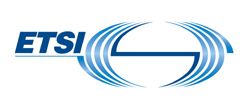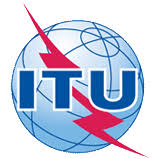ETSI GS MEC 010-2 V2.1.1 (2019-11)Multi-access Edge Computing (MEC); MEC Management; Part 2: Application lifecycle, rules and requirements management
The document provides information flows for lifecycle management of applications running on a MEC host, and describes interfaces over the reference points to support application lifecycle management. It also describes application rules and requirements, application-related events, mobility handling and MEC service availability tracking. The document specifies the necessary data model, data format and operation format when applicable.


